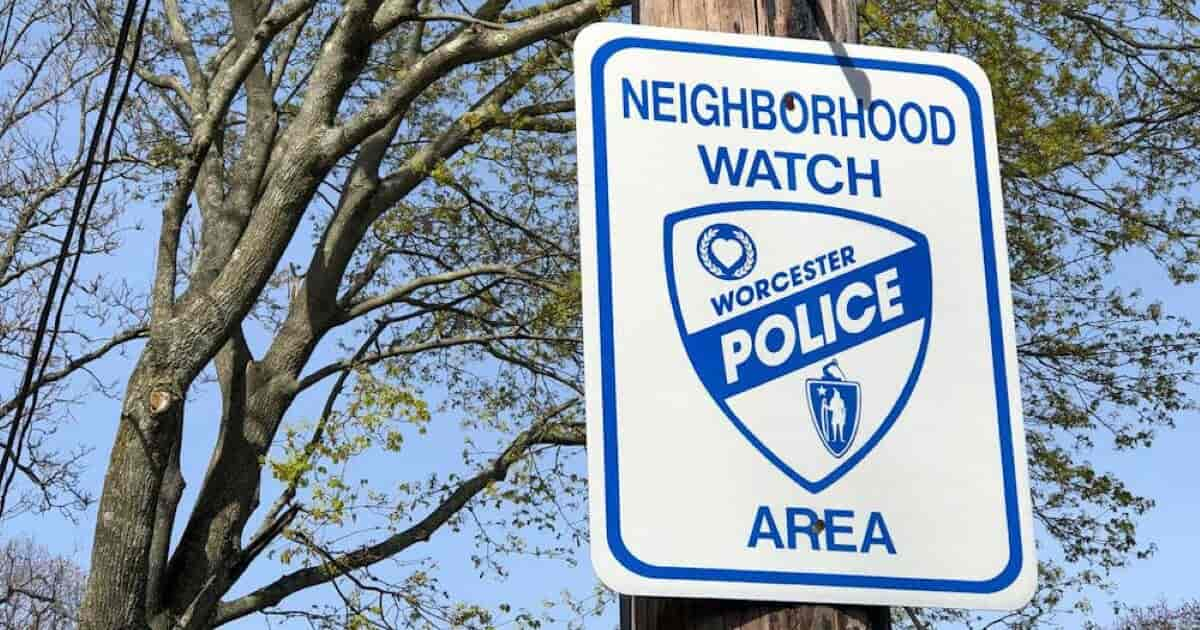WORCESTER – The redesign of a stretch of Mill Street in Worcester has caused a range of criticism across the city. The debate will be receiving another round of discussion during the Worcester City Council meeting on Tuesday, May 28, at 6:30 PM.
The current configuration of Mill Street is an interim solution, designed to slow traffic in an area that has experienced widespread complaints of speeding drivers. The former two-lane configuration was reduced to a single lane, with an interior bike lane to the right of parking spaces.
The bike lane and parking location have led to some arguing that vehicles are “parked in the middle of the road.” Some critics have alleged the interim design on Mill Street is untested, or somehow experimental.
A review of publications by the Federal Highway Administration (FHWA), a division of the U.S. Department of Transportation, shows that at least 15 cities in the United States used some version of separated bike lanes as early as 2015. At least one city, Seattle, Washington, had a protected bike lane with a similar configuration to that applied on Mill Street as early as 2015.
This 2019 study of 13 years of data from 12 U.S. cities found bike lanes act as a calming measure that both reduce fatal crashes and increase bicycling. The same study also investigated over 17,000 fatalities and 77,000 severe injuries caused in crashes in those cities. The study found that “with added bike lanes, fatal crash rates dropped in Seattle (-60.6%), San Francisco (-49.3%), Denver (-40.3%) and Chicago (-38.2%), among others.”
City Council Takes Up Mill Street
The Worcester City Council will take up two items on the interim redesign of a stretch of Mill Street that includes a separated bike lane.
A separated bike lane runs closest to the curb, on the interior of on-street parking.
Both items are brought by Councilor At-Large Moe Bergman. The first seeks a report on the cost of returning Mill Street to its original configuration:
FROM THE COMMITTEE ON FINANCE – Request City Manager request Commissioner of Transportation and Mobility provide City Council with a report concerning the cost of returning Mill St. to its original configuration in as quick a manner as possible. Said report should include the funding source for such a project. (Bergman)
Worcester City Council Agenda, May 28, 2024, item 10d
The second item seeks the interim redesign dismantled, along with other requests.
Request City Manager address the recent redesign changes and accidents to and on Mill St. as follows: 1) return on-street parking up to the curbing; 2) provide best practices for the protection of bicyclists and pedestrians; 3) allocate funds for the City Council to engage a street design engineer to review the safety of the Mill St. parking spaces/ design changes; 4) send any future design changes/ proposals and/or intention to implement similar parking changes/designs to City Council to be reviewed in the appropriate subcommittee for public hearing(s). (Bergman)
Worcester City Council Agenda, May 28, 2024, item 11o
These items, if approved by a majority of councilors, are requests. In Worcester’s governing system, the city council cannot order the city manager to make these changes. The council’s only implicit power to intervene in an executive branch policy is to fire the city manager.
Best Practices to Protect Bicyclists
The Federal Highway Administration (FHWA), a division of the U.S. Department of Transportation, has significant information on separated bike lanes on its website.
The Office of Safety of the FHWA produced a document, “Proven Safety Countermeasures” that directly addresses separated bike lanes.
- Converting traditional or flush buffered bicycle lanes to a separated bicycle lane with flexible delineator posts can reduce crashes up to 53% for bicycle/vehicle crashes.
- Bicycle Lane Additions can reduce crashes up to:
- 49% for total crashes on urban 4-lane undivided collectors and local roads;
- 30% for total crashes on urban 2-lane undivided collectors and local roads.
The FHWA also produced a 147 page “Federal Highway Administration “Separated Bike Lane Planning and Design Guide”” in 2015. It acknowledges the contributions of
- Seven project managers at FHWA,
- Two individuals from the Institute of Transportation Engineers (ITE), an international educational and scientific association of transportation professionals;
- One individual from the National Association of City Transportation Officials (NACTO);
- Representatives from the state level department of transportation of Missouri, Colorado. and Washington;
- Municipal officials from transportation, public works, or similar departments from Milwaukee, WI, Portland, OR, Oakland, CA, New York City, and Austin, TX.
The design guide also thanks staff in 35 cities for contributions, including Boston, Cambridge, New York City, Syracuse, NY, and Washington D.C
The design guide, on page 87, addresses parked cars as a barrier type. Included, is the picture below, provided by the Seattle, WA, Department of Transportation.

The written section of the design guide on parked cars as a separation barrier says:
“While not a barrier type on its own, parked cars can provide an additional level of protection and comfort for bicyclists. A minimum buffer width of 3 feet is required to allow for the opening of doors and other maneuvers. Additional vertical elements, such as periodic delineator posts, should be paired with this design. Barrier types that obstruct the opening of car doors or create tripping hazards should be avoided.”
Federal Highway Administration, Separated Bike Lane Planning and Design Guide, Pg. 87
Throughout the 2015 planning guide produced by the FHWA, pictures of varying configurations of protected bike lanes appear from several cities, including:
- Missoula, MT
- Chicago, IL
- Austin, TX
- New York, NY
- St. Petersburg, FL
- Salt Lake City, UT
- Boulder, CO
- Indianapolis, IN
- Washington DC
- Philadelphia, PA
- Seattle, WA
- Jackson, WY
- Long Beach, CA
- San Francisco, CA
- Portland, OR









